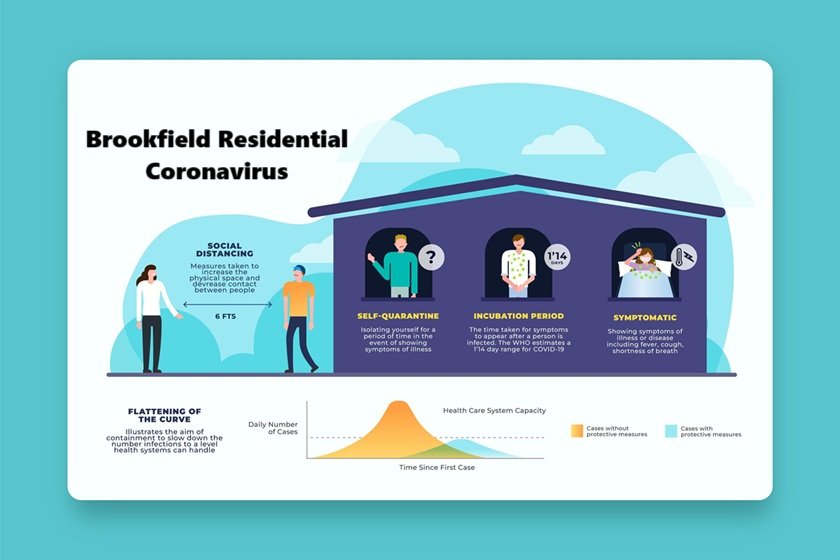
Introduction
Let’s face it—technology moves fast. If you’re working with a system based on DH58GOH9.7, you might be wondering whether it’s worth improving or just replacing it. The good news? With the right tweaks and a little know-how, you can breathe new life into it. This guide is here to walk you through everything you need to know to improve DH58GOH9.7, from basic cleaning to advanced performance tuning. Oh, and yes—we’ll even touch on that odd but intriguing component “what about huzoxhu4.f6q5-3d“ that keeps popping up.
Understanding DH58GOH9.7
Technical Overview
DH58GOH9.7 might sound like a code straight out of a spy movie, but it’s actually a motherboard model often found in older desktops. It supports Intel processors, DDR3 RAM, and comes with essential legacy ports. It’s a solid piece of tech that still holds up—for the right use cases.
Common Use Cases
From office tasks and media playback to lightweight gaming and development work, DH58GOH9.7 is surprisingly versatile when optimized.
Challenges with Current Setup
Aging components, slow boot times, thermal issues, and lack of compatibility with modern devices—these are just a few roadblocks users face.
Initial Diagnostic Steps
Identifying Performance Bottlenecks
Start with basic system monitoring. Use tools like:
- HWMonitor – for temperature and voltage checks
- CrystalDiskInfo – to check drive health
- Task Manager – to spot CPU and RAM usage spikes
Tools for Monitoring System Health
Don’t fly blind. Tools like AIDA64 or Speccy offer deep diagnostics, helping you know what to fix before it becomes a crisis.
Core Improvement Strategies
Update Firmware and Drivers
Most people skip this, but updated drivers can fix everything from lag to sudden crashes.
Optimize BIOS Settings
Enable XMP profiles, adjust boot order, disable unused ports—little tweaks can make a big impact.
Clean Hardware Components
Dust is the silent killer. A can of compressed air might be the best investment you ever make.
Software Optimization
Operating System Tweaks
- Disable unnecessary startup programs
- Set power plan to High Performance
- Clear out bloatware
Background Services Management
Use tools like Autoruns to disable background services that hog resources.
Application Compatibility
Older hardware doesn’t always play nice with newer software. Use compatibility mode in Windows or find lightweight alternatives.
Hardware Upgrades
Memory Expansion
If you’re running 4GB RAM, that’s your first bottleneck. Bump it up to 8GB or more.
SSD vs HDD Performance
Still using an HDD? Upgrade to an SSD and you’ll see startup times drop from minutes to seconds.
Cooling System Enhancements
Consider adding a better fan or even a cheap liquid cooling solution if thermal throttling is an issue.
Advanced Tuning Techniques
Overclocking (If Applicable)
With the right cooling setup, mild overclocking can offer noticeable boosts—but tread carefully.
Load Balancing and Resource Allocation
Use task scheduler to set priorities and affinities—especially helpful when multitasking.
Security and Stability
Patch Vulnerabilities
Install all system updates and firmware patches to keep your system secure and stable.
Use Reliable Antivirus and Firewalls
Don’t skimp on security. Stick with trusted names like Bitdefender, Kaspersky, or Windows Defender.
Real-World Examples
Case Study 1: Boosting Workflow on DH58GOH9.7
One user reported a 2x performance boost just by upgrading to SSD and cleaning the heatsink.
Case Study 2: From Lagging to Lightning Fast
Another success story involved RAM expansion and driver updates—transforming the sluggish machine into a dependable daily driver.
What About Huzoxhu4.f6q5-3d?
Compatibility Between DH58GOH9.7 and Huzoxhu4.f6q5-3d
“What about huzoxhu4.f6q5-3d” you ask? This component is often a niche add-on or accessory. While compatibility varies, it’s typically used alongside legacy systems for enhanced connectivity or testing.
When to Consider Integration
If your project involves experimental builds or retrofitting devices, this combo might be exactly what you need.
Best Practices for Ongoing Performance
Routine Maintenance
Schedule monthly cleanups. Yes, monthly. Run disk cleanup, defragment (if HDD), and antivirus scans.
Monitoring Logs and Alerts
Keep an eye on Event Viewer in Windows to catch system errors early.
Common Mistakes to Avoid
Ignoring Firmware Updates
This is like skipping oil changes in your car. You will regret it later.
Skipping Thermal Paste Replacement
Old paste leads to overheating. Replace it every few years to keep things cool.
Future-Proofing Your System
Choosing Modular Components
Next time you upgrade, pick parts that can be reused in newer builds.
Planning for Scalability
If you’re keeping DH58GOH9.7 for a while, think long-term—use external storage, dual boot setups, and smart software choices.
Conclusion
Optimizing your DH58GOH9.7 system doesn’t have to be rocket science. With a few tweaks, smart upgrades, and regular maintenance, you can turn a sluggish setup into a productivity powerhouse. And if you’ve been wondering what about huzoxhu4.f6q5-3d, now you know where it fits into the picture. Don’t give up on your machine—revive it, supercharge it, and keep it going strong!
FAQs
1. What makes DH58GOH9.7 different from newer models?
It supports older tech like DDR3 and legacy ports, making it great for certain specialized applications.
2. How often should I optimize the system?
At least every 2-3 months. Monthly is ideal if you rely on it heavily.
3. Can I use DH58GOH9.7 for gaming?
Light gaming, yes. Pair it with a mid-range GPU and tweak settings for the best experience.
4. Is DH58GOH9.7 compatible with huzoxhu4.f6q5-3d?
Depends on the specific interface. Check documentation for compatibility, especially PCI or USB versions.
5. What’s the lifespan of a well-maintained DH58GOH9.7?
Easily 8–10 years with proper care and minor upgrades.






